Good practices
ERASMUS+ SET4Inclusion: Self-Evaluaton Tools for e-Inclusion in HEI
Good Practices in Inclusive Digital Education
As part of the ERASMUS+ project SET4Inclusion, we collected and evaluated exemplary practices in inclusive digital education from various higher education institutions. Through a structured “Call for Good Practices,” educators and institutions were invited to share their innovative approaches. A total of 15 submissions were received from four countries, each focusing on inclusive digital practices across areas like leadership, pedagogy, professional development, and assessment. All submissions were rigorously evaluated by project partners using the SET4Inclusion Digital Education Framework to ensure alignment with inclusion goals.
The following list highlights these good practices, each serving as a model for fostering accessible and engaging digital learning environments:
1. Inclusive Learning Platforms: Enhancing Accessibility and Engagement through Digital Innovation
A comprehensive approach to digital inclusivity, focusing on accessible platforms for all learners.
2. Learning Center: Embracing Innovative and Inclusive Technologies
A center that empowers students and educators with digital literacy and accessibility resources.
3. Innovative XR Technologies Research and Development Center (YETAM-XR)
Enhances accessibility and engagement in digital education through extended reality (XR) technologies.
4. “Bordalo and the Cat”: A Proposal to Improve Museum Accessibility through Game-Based Learning
A game-based learning initiative designed to improve museum accessibility.
5. “Inclusive Glossary of Mathematical Terms”: A Hybrid Tool for Deaf and Hearing Children in Mathematics Education
A resource for accessible mathematics learning, integrating sign language for deaf and hearing children.
6. Inclusive Education in the Digital Era in Cytology and Histology at the Faculty of Veterinary Medicine, Lusófona University
Focuses on accessible content for specialized fields, ensuring digital equity.
7. NJOY: A Multimodal Assistive Technology for Supporting Students with Multiple Disabilities
A multimodal assistive technology that enhances accessibility for students with disabilities.
8. The Inclusive Working Group at the Faculty of Business, University of Huelva
An effort to integrate inclusivity into educational policies and practices.
9. Inclusive Learning Platforms at the Faculty of Education, University of Huelva
Digital solutions tailored to create accessible online learning experiences.
10. Digital Inclusive Project of the University of Huelva
A project that combines digital tools and inclusion strategies to support diverse learning needs.
11. DigitALL: Inclusive Resources for Online Learning
A digital education model promoting inclusivity through accessible resources and support.
12. EcoDigi: Promoting Eco-Friendly Digital Transformation in Adult Education
Promotes eco-friendly digital transformation in adult education.
13. EU Digital Framework for Sign Language (EUDFSL): Advancing Digital Skills for the Deaf Community
Supports digital accessibility for the hearing impaired.
14. Free Technology Signs (FTS): Empowering Deaf Job Seekers with Digital Skills
Provides accessible resources and digital tools for diverse learners.
15. INTUX – Introducing training on user Testing with people with disabilities into UX design and related higher education program
Promotes digital literacy and accessibility through tailored support in user testing for those with disabilities.
These practices provide a comprehensive insight into strategies for creating inclusive and supportive digital learning environments in higher education.
Following the list of good practices, the table below categorizes each practice according to the specific factors of digital inclusion it addresses.
This categorization provides a comprehensive view of how each practice contributes to the broader objectives of inclusivity in digital education. By organizing the practices in alignment with specific inclusion factors, the table serves as a quick reference for understanding the primary areas of focus, such as inclusive digital strategy, accessible infrastructure, professional development, and more.
| Factor | Practices | ||||||||||||||
| Inclusive Learning Platforms, Istanbul | Learning Center | Innovative XR Technologies R&D Center | Bordalo and the Cat | Inclusive Glossary of Mathematical Terms | Inclusive Education in the Digital Era in Citology and Histology | NJOY | The Inclusive Working Group | Inclusive Learning Platforms, Huelva | Digital Inclusive Project | DigitALL | EcoDigi | EU Digital Framework for Sign Language | Free Technology Signs | INTUX | |
| 1. Leadership/ School’s perspective | |||||||||||||||
| Inclusive Digital Strategy | ∙ |
∙ |
∙ |
∙ |
∙ |
∙ |
∙ |
∙ |
|||||||
| Inclusive Digital Pedagogy & Supportive Culture | ∙ |
∙ |
∙ |
||||||||||||
| Professional Development | ∙ |
||||||||||||||
| 2. Collaboration and Networking | |||||||||||||||
| Collaborative Evaluation | |||||||||||||||
| Shared Vision | ∙ |
||||||||||||||
| Collaborative Engagement | |||||||||||||||
| 3. Infrastructure and Equipment/ Tools and Technology | |||||||||||||||
| Accessible Infrastructure | ∙ |
∙ |
∙ |
∙ |
∙ |
∙ |
∙ |
∙ |
|||||||
| Accessible Devices | ∙ |
∙ |
|||||||||||||
| Digital Accessibility Support | ∙ |
∙ |
∙ |
∙ |
|||||||||||
| Inclusion and Equity | |||||||||||||||
| 4. Continuous Professional Development | |||||||||||||||
| Continuous Professional Development | ∙ |
∙ |
∙ |
∙ |
∙ |
∙ |
∙ |
∙ |
∙ |
||||||
| 5. Pedagogy: Supports and Resources | |||||||||||||||
| Inclusive Digital Teaching Practices | ∙ |
∙ |
∙ |
∙ |
∙ |
∙ |
∙ |
∙ |
∙ |
∙ |
∙ |
∙ |
∙ |
||
| Inclusive Digital Resources | ∙ |
∙ |
∙ |
∙ |
∙ |
∙ |
∙ |
||||||||
| 6. Pedagogy: Implementation in the classroom | |||||||||||||||
| Personalized and Engaging Digital Learning | ∙ |
∙ |
∙ |
∙ |
∙ |
∙ |
∙ |
∙ |
∙ |
∙ |
|||||
| Inclusive Classroom Collaboration | |||||||||||||||
| Enhanced Pedagogical Digital Inclusiveness | |||||||||||||||
| 7. Assessment Practices/ Inclusion Assessment | |||||||||||||||
| Inclusive Digital Assessment Practices | ∙ |
∙ |
∙ |
||||||||||||
| Digital Feedback and Self-Reflection | |||||||||||||||
| Data-Driven Improvement | |||||||||||||||
| 8. Student Digital Competence/ Student’s Perspective | |||||||||||||||
| Inclusive Digital Communication and Skills | ∙ |
∙ |
∙ |
∙ |
∙ |
∙ |
∙ |
∙ |
∙ |
∙ |
∙ |
∙ |
|||
| 9. Other | Game-Based Learning and Cultural Accessibility | Game-Based Learning | |||||||||||||
SET4Inclusion team
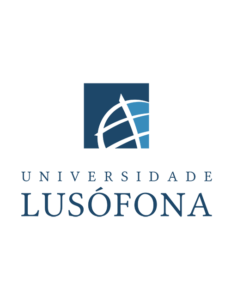
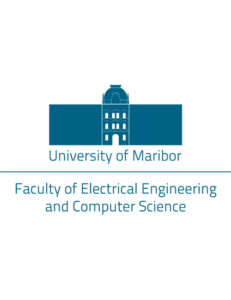
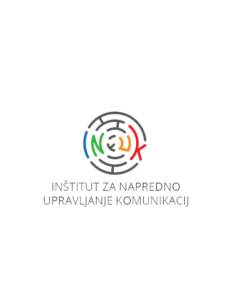
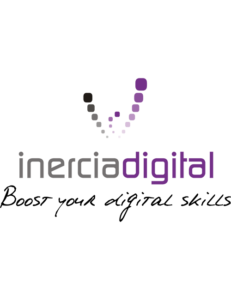
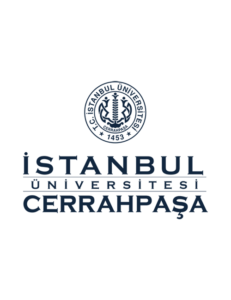
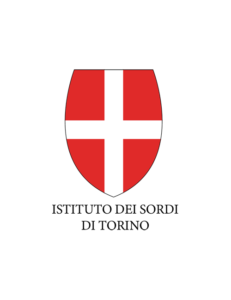
The European Commission support for the production of this publication does not constitute an endorsement of the contents which reflects the views only of the authors, and the Commission cannot be held responsible for any use which may be made of the information contained therein.

Funded by the European Union. Views and opinions expressed are however those of the author(s) only and do not necessarily reflect those of the European Union or the European Education and Culture Executive Agency (EACEA). Neither the European Union nor EACEA can be held responsible for them. (2022- 1 -SI01 -KA220-HED-000088368).






